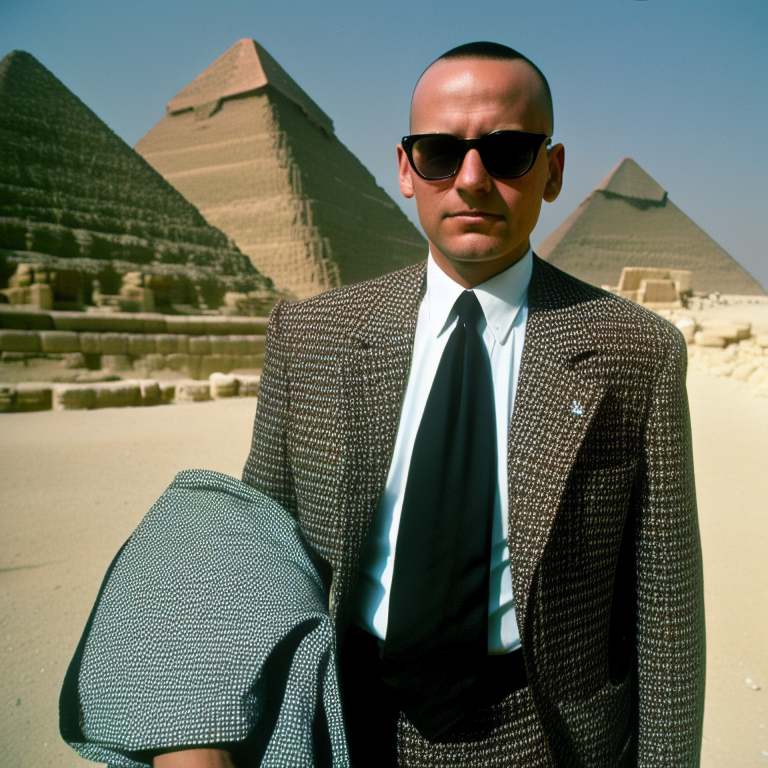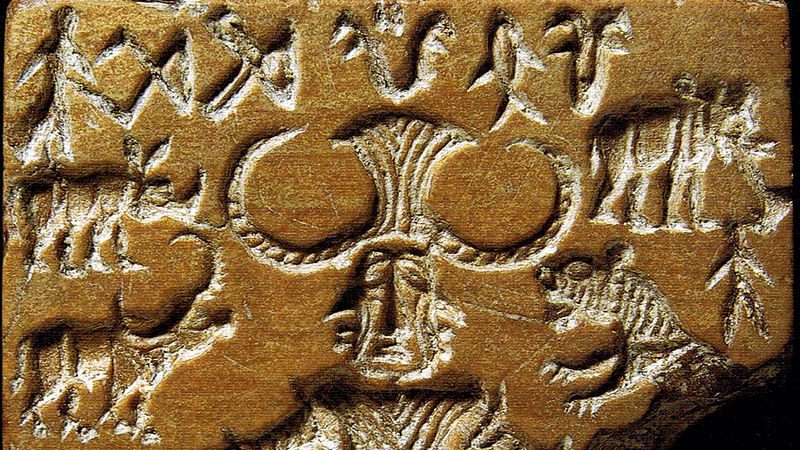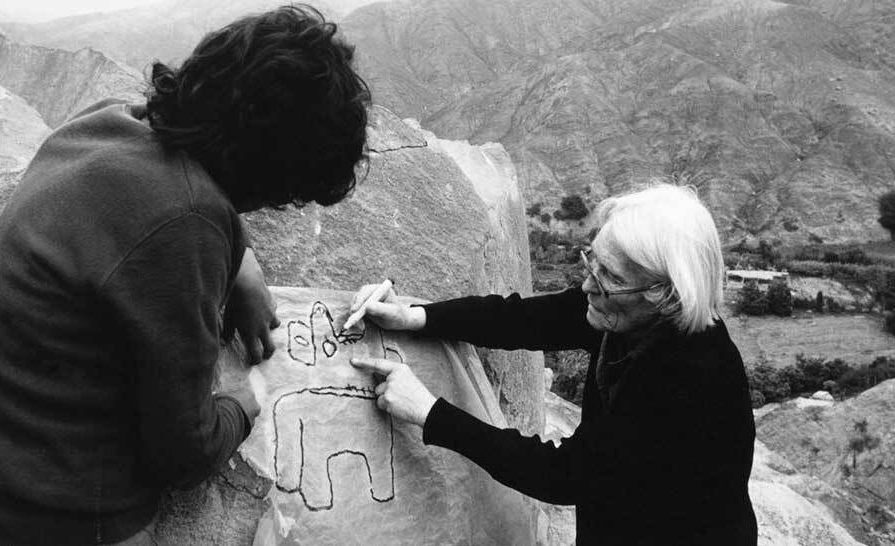Aryan Racial Background of the Indus Valley
Modern genomics has revealed that for many thousands of years, the cultures of the Indian subcontinent were subjected to a series of significant migrations of distinctly Caucasian and later White Aryan populations from the Russian steppes and Eastern Europe. Even the darkest Southern Indians have whiter genetics than Asians or Africans, yet they remain darker than other Indians and definitely darker than modern Europeans. Northern India, Nepal, Afghanistan, and Pakistan exhibit an even stronger and more obvious Aryan mark.
Even in the South, Indians still hold whiteness in high regard. When an Indian advertises in a local newspaper that he is looking for a marriage, he states that he likes a light-skinned woman. In addition, depending on how white you are, you are more likely to acquire a better career and be accepted by your caste. Whiteness is revered throughout Southeast Asia, as seen by painting faces with white facial cream during religious dances and rituals. In several East Asian countries such as China, Korea and Japan, the Sun God is depicted as having blonde hair, blue eyes, and a fair complexion. This is a physical theme that appears constantly throughout Asia. In these countries, whiteness has an entirely different meaning, and suggesting that it can be deconstructed or that whites should be simply murdered or bred off would be absurd. Even though we would classify them as non-white, they value lighter complexion and relate it with their country’s past monarchs, who are portrayed as quite Aryan in look. Even the historical Buddha hailed from northern India is no exception. Furthermore, Genghis Kahn was reported to have light-colored eyes, freckles, and pink cheeks, and his entire dynasty was said to have a similar appearance.
Regarding Northern Indians and Indus Valley cultures, it is essential to note that ancient Indus city-states such as Harappa and Mohen-jo-daro possessed the Aryan gift for creativity. According to what we know about this ancient culture, it was peaceful and highly capitalistic, relying on commerce rather than violence for survival. As a result, the Indo-Aryans were able to demolish the city-states very quickly. No doubt, the cultures of the Indus Valley were far whiter than they are today.
The Identification of an Aryan Writing System
Archaeologists in Pakistan have found a discovery that may help indicate that Mesopotamia was not the first culture to develop a writing system and that the advent of a written language is much earlier than previously assumed. Graham Hancock, a journalist and amateur archaeologist who has faced criticism from conventional academics for his controversial views, fervently believes that civilization as we know it is only a relic of a once-great age on which many of our Atlantean mythology is founded. An archaeological find in Pakistan may lend credence to his claims.
Harappa was founded in ancient times, during the Rama Empire of the Seven Rishi Cities, as described in the Vedas. Over the millennia, a remarkable urban sprawl evolved there, eventually becoming one of the most important civilizations of antiquity. Archaeologists discovered an antique pottery dating back nearly 6,000 years, to roughly 3500 BCE. Writing for BBC News, Dr. David Whitehouse claims that numerous “plantlike” and “trident-shaped” motifs were etched into the pottery’s surface. They were arranged in a distinct, recurring, mathematical pattern reminiscent of any early form of ideographic script, having some resemblance to both cuneiform and Egyptian hieroglyphs.
Most recently, Egypt has been identified as the birthplace of writing. In 1998, a collection of miniature clay tablets etched with an early type of hieroglyphics was discovered in the tomb of the Scorpion King, one of Egypt’s kings, prior to the establishment of the magnificent Old Kingdom. Carbon-14 dating revealed that the tablets were engraved circa 3300-3200 BCE, a century or two before the Sumerians’ alleged creation of cuneiform writing, which occurred around 3100 BCE.
Archaeologists today argue that this writing system did not evolve as a natural extension of spoken language. They claim that it was invented at a monarch’s request to determine the best manner to keep records and levy taxes. A standardized writing system would be ideal for civic leaders and priests who wanted to record their varied incantations, descriptions of holy rites, and faith-based storytelling. Pre-Columbian civilizations such as the Aztecs and Maya likely followed this similar logic.
To understand the Indus Valley script, compare it to known Egyptian hieroglyphs. However, unlike the Scorpion inscriptions, there is no single Rosetta Stone to unveil the mysteries of the Harappan script. “It’s debatable whether we can call what we’ve discovered true writing,” Dr. Richard Meadow of Harvard University argues, “but we’ve discovered symbols that are similar to what became Indus script” (Whitehouse 1999). Meadow, the director of the Harappa Archaeological Research Project, stated that his excavators will continue to look for more examples of this unique writing system to determine whether it is a genuine form of writing and, if so, how it evolved from its primitive form to the more advanced writing we see today (Whitehouse 1999).
The Harappan civilization had no linguistic successors; their language was extinct, making understanding the script impossible. The Rosetta Stone was significant because it encoded three languages: ancient Egyptian hieroglyphs, Egyptian demotic writing, and ancient Greek. Champollion, the eighteenth-century linguist who cracked the code, utilized the latter two languages to cross-reference the hieroglyphs, allowing the ancient writing to be read finally.
No comparable relic from the Harappan Civilization is known to exist. Whitehouse observes:
What historians know about the Harappan civilization distinguishes them. Their society disliked significant social class disparities and rulers’ displays of riches. They did not leave grandiose monuments or lavish tombs. They appear to have been a peaceful tribe that expressed its art in little stone sculptures. Their society seemed to have petered away. Around 1900 BC, Harappa and other urban centers deteriorated as people relocated east to India and the Ganges (Whitehouse 1999).
Whitehouse concludes his study by suggesting that writing may have emerged independently in three areas between 3500 and 3100 BCE: Egypt, Mesopotamia, and Harappa. Undoubtedly, there is far more to this story than orthodox scientists and archaeologists are willing to concede. As new evidence is discovered, our view of the past is constantly altered. More relics will be discovered over time, and Graham Hancock’s and others’ visions may be validated for all time. We must remember that, regardless of a hypothetical multicultural interpretation of this old culture, which is false, this was an ancient Aryan civilization.

Patrick Chouinard is a distinguished expert on European history and authority on the White race and its roots. He has a BA in Global History and European Studies and currently is seeking an MA in Ancient and Classical History. He has authored six books and is a regular contributor to notable publications such as Ancient American magazine, The Barnes Review, Renegade Tribune, and Nexus. His expertise spans various facets of European history, showcasing a deep understanding and commitment to disseminating historical knowledge.




